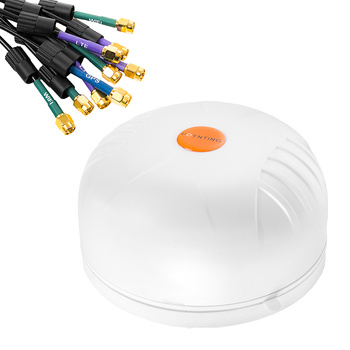How to choose the right car antenna? PUCK and MIMO antenna test

If you are experiencing problems with cellular network coverage, losing calls, losing GPS, or the app displaying the message "Internet connection interrupted" while driving, this article is for you. In some situations, a suitable antenna for cellular transmission is not only a convenient solution, but a necessity. To realize the potential of a given transport antenna, it is necessary to choose the right model to meet our requirements. This requires an understanding of the principles that guide antenna designers.
What are the most important factors to pay attention to when choosing a car antenna?
- Antenna size and range - larger car antenna supports more frequencies and usually provides higher gain.
- Antenna type - omni-directional antenna is a convenient mobile solution, as it collects the signal from all sides, regardless of obstacles in the way.
- Constructing the antenna - the antenna should be designed to have maximum gain directed toward the base stations.
- Reinforcement - is an important parameter for the selection of a mobile antenna, but it should be remembered that in the case of directional antennas, higher gain is better. For omnidirectional antennas, the challenge is to distribute it evenly in each direction, and also the gain should not vary significantly at different frequency levels.
If you're looking for the right car antenna, read about the PUCK and MIMO antenna test, which can help you choose the best model for your vehicle.
Test of MIMO-3 and PUCK antennas on the Warsaw-Karpacz route
Comparative test of car antennas Poynting PUCK-5 and MIMO-3-V2-15 was conducted by our partner WiLink. As part of the test, two antennas of each of the two models were mounted on the roof of the vehicle and their performance was tested while driving from Warsaw to Karpacz - a route of 500 kilometers and through a variety of areas, from cities to mountainous areas.
The purpose of the test was to compare which antenna performs better in difficult conditions and delivers better signal quality. During the drive, the router was constantly streaming HD video to the control and monitoring center at the company's headquarters, allowing for accurate analysis of results. As a result, the test covered conditions in larger cities such as Warsaw, Lodz, and Wroclaw, as well as in rural areas and mountainous areas around Jelenia Gora and Karpacz.

Mobile antennas in a nutshell
The equipment used to test the antennas is a Peplink MAX HD4 LTE-A Quad 4G LTE mobile router with 4 modems. Two modems were equipped with SIM cards from one operator (PLUS), and the other two were equipped with SIM cards from different network providers (Orange and T-Mobile). The antennas that were used in the test were Poynting PUCK-5 and MIMO-3-V2-15.
PUCK-5
The PUCK-5 antenna is a low-profile omnidirectional antenna, which is equipped with two LTE antennas, two WiFi antennas and one GPS/Glonass antenna. This antenna covers bands from 698 MHz to 3800 MHz and features a balance between omniscience and radiation capability at different altitudes. Robust antenna housing guarantees waterproof and vandal-proof protection. This antenna is very practical, as it works well when we cannot install a taller MIMO antenna.
MIMO-3-15
MIMO-3-15 car antenna, which took part in the test conducted, is also an omnidirectional antenna with slightly larger dimensions than the PUCK-5. As with the smaller antenna, the MIMO-3-15 also uses 2 LTE antennas, 2 WiFi antennas and one GSM/Glonass antenna. The antenna is IP68-rated, which guarantees its high quality and resistance to weather, water and dust. Its specifications are similar to the PUCK-5 model, and the gain expressed in dBi is identical to that of the smaller antenna.
Gain in dBi of PUCK-5 and MIMO-3 antennas
The aforementioned transport antennas have the same gain. It is as follows:
- 6dBi is the peak gain in all bands from 698-960, 1710-2700 and 3400-3800 MHz
- 7.5dBi is the peak gain in all bands from 2400-2500, 5000-5800 MHz
- Gain at 698-960 MHz: -1 dBi
- Gain at 1710-2700 MHz: 6 dBi
- Gain at 3400-3800 MHz: 6 dBi
- Gain at 2400-2500 MHz: 5 dBi
- Gain at 5000-5800 MHz: 7.5 dBi
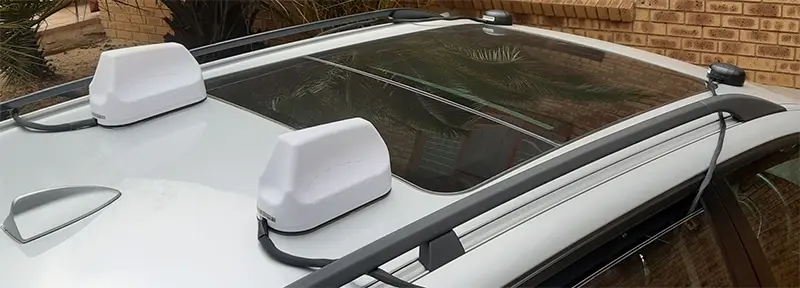
What are the differences between the antennas of the manufacturer Poynting? Will antennas with the same specifications achieve the same results?
One PUCK antenna and one MIMO antenna worked on cards from the same operator, the Plus network, while the other cards were from other providers such as T-Mobile and Orange. An antenna test was conducted to stream video from the entire vehicle route to the headquarters in Warsaw in the best possible quality and in real time. The driver covered a route of 500 km, mostly reaching a speed of about 120 km/h (up to 140 km/h on the highway and up to 110 km/h on two-lane roads).
The conclusions of the test were as follows:
Omni-directional antenna PUCK provided connectivity along almost the entire route, but there was a reduction in coverage in some areas far from the transmitter, resulting in a brief loss of connectivity. On the other hand, the omni-directional antenna MIMO did not lose communication throughout the journey and provided coverage in areas where the PUCK antenna had problems. The MIMO antenna also performed better than the PUCK antenna in rural areas because it performed better at lower frequencies, which is more common in areas away from major cities.
Both car antennas proved to be very effective compared to competing products. However, the choice between the two models depends on where you use the mobile antennas. PUCK antenna is a good choice if there is not enough space for a taller antenna or if you are mainly traveling in urban areas and their surroundings. Whereas mIMO antenna will perform well on any terrain, but we have to take into account its larger dimensions.
In the end, the customer was satisfied with the results of both antennas. The team was impressed with their performance and direct impact on the quality of data transmission. PUCK and MIMO antennas have been used in many companies and situations, such as rallies in Brazil, u road services on Dutch highways or at charging stations portuguese manufacturer's electric cars. Innobaltica, a company that operates city buses in Gdansk, also decided to use PUCK antennas.
Examples of their use are countless, as transport antennas are perfect for any situation where you need excellent network coverage. They can be used on trucks, campers, cars, pick-up trucks, mobile machines, mobile offices and many other places.
Thanks to the high quality workmanship, we can be sure that the car antenna will be reliable, last for years and quickly pay off as an investment.
Recommended
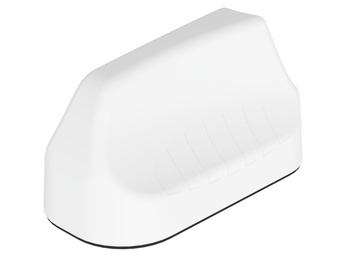
5-in-1 Poynting MIMO-3-14 LTE GPS car antenna
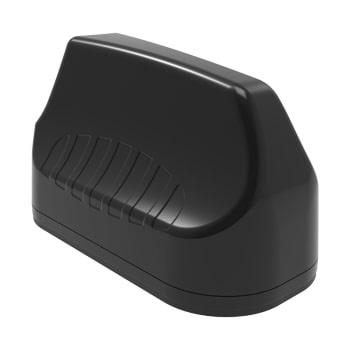
5-in-1 Poynting MIMO-3-15B LTE GPS car antenna
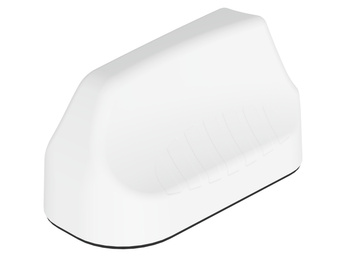
7in1 Poynting MIMO-3-17 LTE GPS car antenna
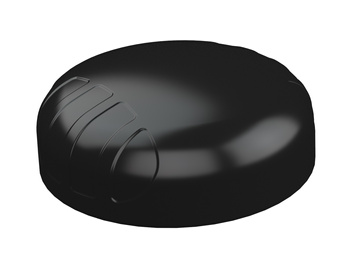
Poynting PUCK-1 low-profile omnidirectional antenna
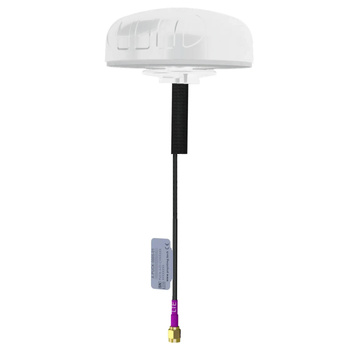
Poynting PUCK-1-W low-profile omnidirectional antenna

Niskoprofilowa antena dookólna Poynting PUCK-2-W

Poynting PUCK-8 low-profile omnidirectional antenna
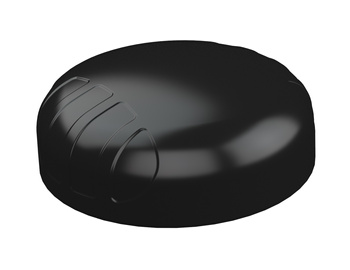
Poynting PUCK-4 low-profile omnidirectional antenna

5-in-1 Poynting MIMO-4-15 LTE GPS car antenna
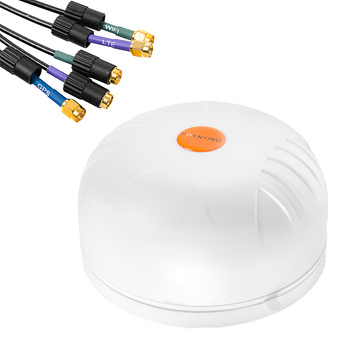
5-in-1 Poynting MIMO-4-15 LTE GPS car antenna

7in1 Poynting MIMO-4-17 LTE GPS car antenna
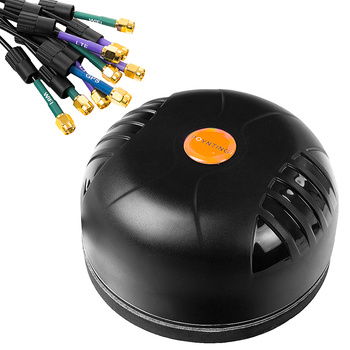
9in1 Poynting MIMO-4-19 LTE GPS car antenna
